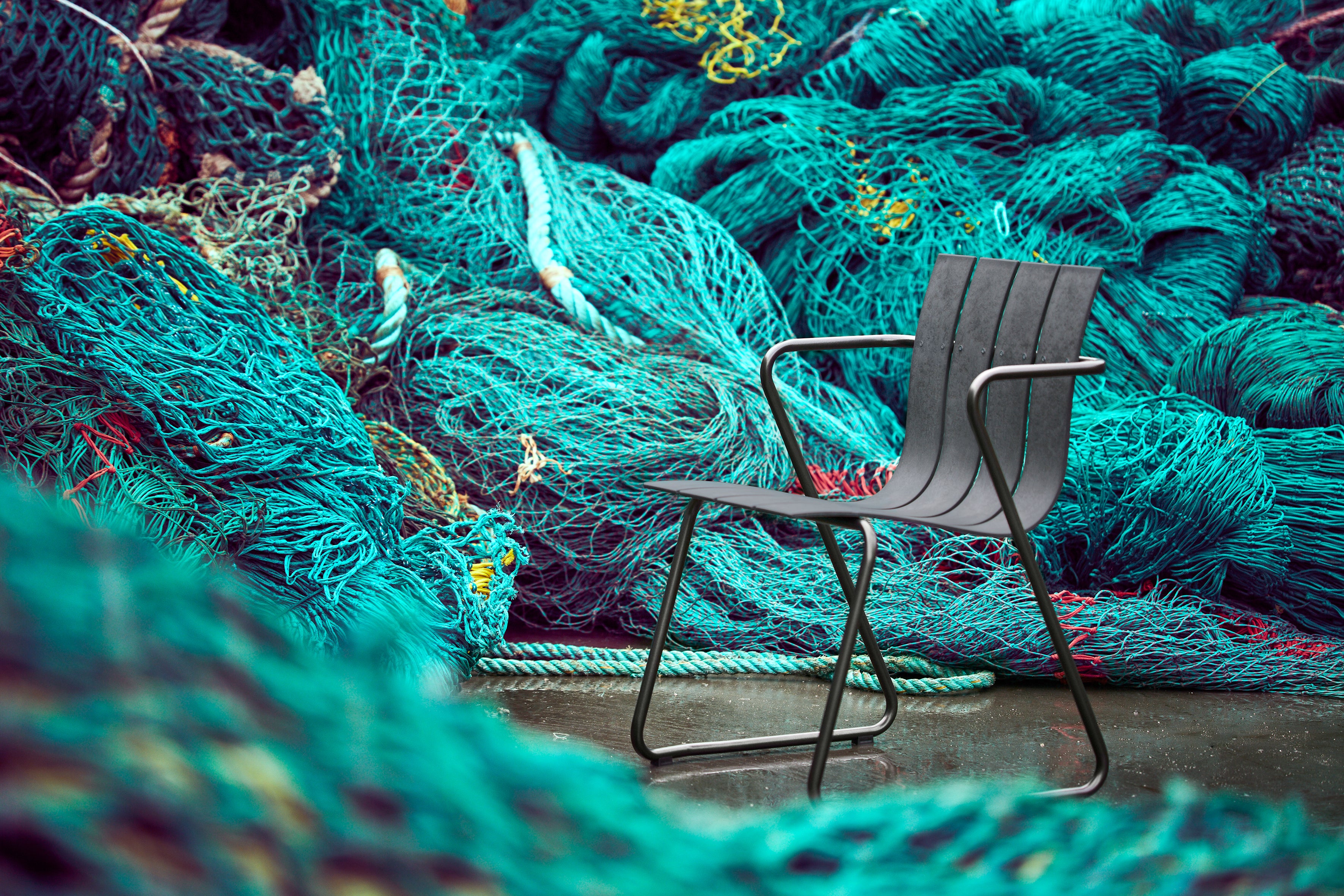Navigating the nuances of so-called green products can be an intimidating task. First, there’s the sheer volume of goods making green claims—but just because it’s got a recycled-looking brown tag or is labeled “organic,” is it really sustainable? What do all of the stamps and certifications really mean? How much will your clients expect you to know about each product’s provenance if you’re touting its eco-conscious bona fides? And if something is made with recycled water bottles, how nice can it really be?
A few simple directives can simplify your shopping experience: Buy intentionally, get to know the brand you’re buying from, and shop with your values at the forefront. “Look at the DNA of the business itself rather than the words that describe the product,” advises Erinch Sahan, chief executive of the World Fair Trade Organization (WFTO). “A mainstream brand can have one product that got a certification or one ingredient in one product that got a certification, but we need to ask about the business itself.”
How to sniff out the truly meaningful initiatives? Sahan suggests a few cursory questions: Does the company prioritize looking after the best interests of the people who make its products? How is its supply chain structured, and what is its actual impact? (Have they made sure that the people who make up the supply chain are treated well from start to finish? Do they get paid enough to live and work with basic human dignity?)

BOH subscribers and BOH Insiders.










































